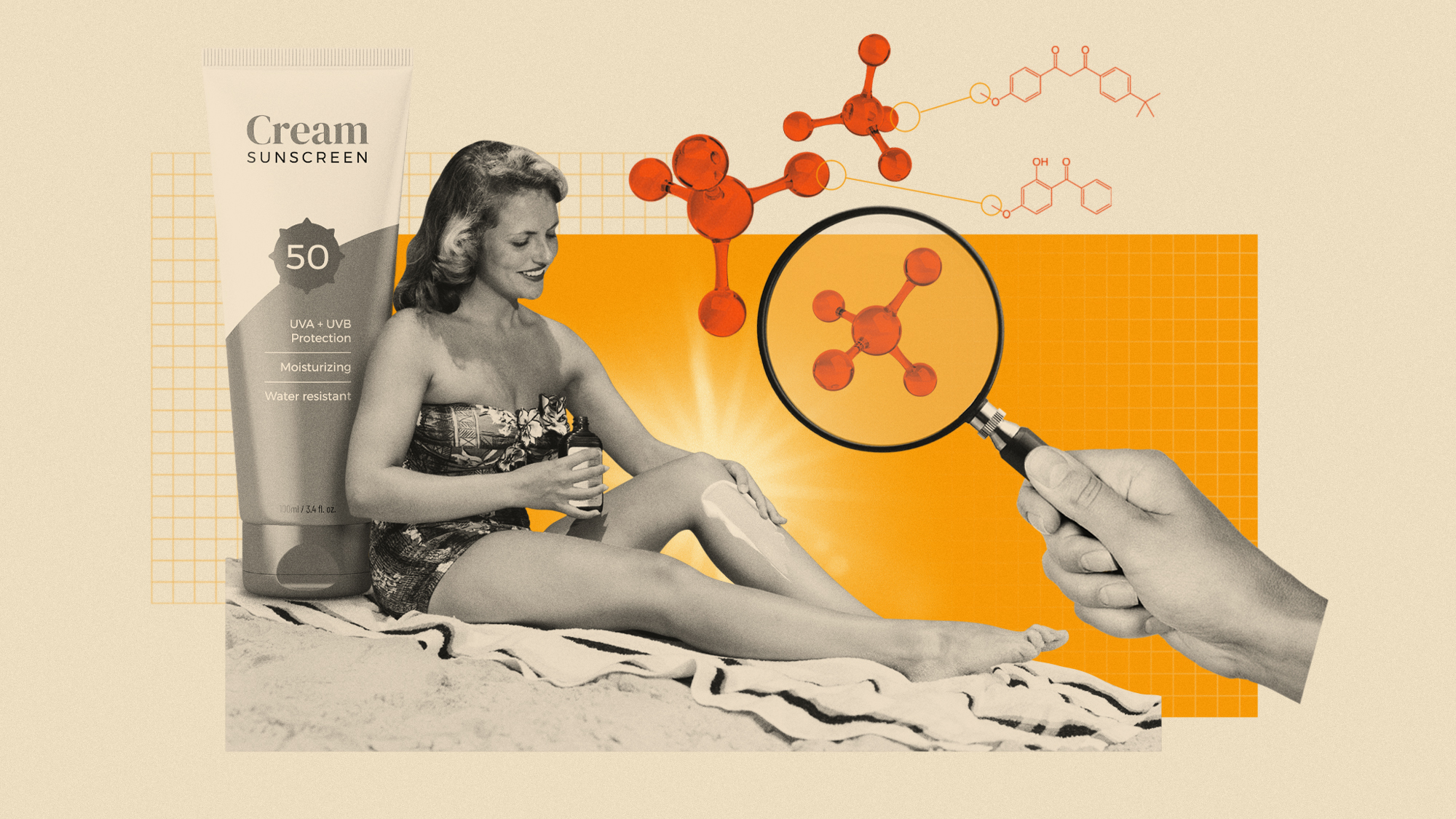Concerns about the safety of sunscreen are gaining traction, with a rising number of influencers claiming that certain ingredients in sun protection products may pose health risks, including the potential for cancer. These assertions have alarmed dermatologists and skin cancer specialists, who emphasize the importance of sunscreen in protecting against harmful ultraviolet (UV) radiation.
Sunscreen works by utilizing organic or inorganic filters that absorb UV light and release it as heat, while some components also reflect or scatter UV rays. Research has consistently demonstrated that regular use of sunscreen significantly reduces the risk of developing both melanoma and non-melanoma skin cancers, according to various health experts.
Claims from Influencers and Their Origins
The emergence of influencers who identify as “sun nutritionalists” has contributed to the growing skepticism surrounding sunscreen. They argue that sun protection products are more dangerous than the age-old practice of sunbathing without protection. Some of these claims suggest that sunscreens contain harmful toxins that disrupt hormonal functions, while others assert that these products can lead to vitamin D deficiency. The most extreme theories even propose a conspiracy to keep the population unhealthy, as reported by The Independent.
The scientific community has largely dismissed these claims. Antony Young, a professor of experimental photobiology at King’s College London, stated, “There is zero evidence” to support the assertion that sunscreens cause cancer. He further explained that skin cancers are primarily linked to mutations caused by UV exposure, which are well-documented in scientific literature.
Investigating the Evidence
The debate regarding sunscreen safety often references two key studies that are frequently misunderstood. The first, conducted in 2001, involved baby female rats that were administered a UV-filtering chemical known as oxybenzone. The study found malformed uteruses in the rats, but the quantities used were unrealistically high. To achieve similar absorption levels in humans, one would need to apply sunscreen containing 6% oxybenzone daily for approximately 277 years, as highlighted by BBC Future.
The second study, published in 2019, analyzed the blood of individuals who had applied large amounts of sunscreen. Researchers detected traces of oxybenzone and other UV filters, exceeding the safety threshold set by the US Food and Drug Administration (FDA). However, the authors cautioned that these findings should not deter sunscreen use, as the application amounts were significantly higher than what most people would use at the beach.
Despite concerns over oxybenzone, subsequent research has found no evidence that it, in the concentrations typically found in sunscreen, poses a health risk. Nonetheless, as a precautionary measure, regulations will reduce the allowable percentage of oxybenzone in sunscreens sold in the UK and EU to 2.2% starting in 2026.
The Mineral vs. Chemical Sunscreen Debate
A question often raised is whether mineral sunscreens are safer than their chemical counterparts. The answer is not straightforward, as many formulations combine both types. Mineral sunscreens, sometimes referred to as “physical sunscreens,” are believed to be safer because they are thought to block UV light primarily by reflecting or scattering it. In reality, modern mineral formulations also absorb UV light similarly to chemical sunscreens.
Chemical sunscreens are soluble, which can lead to some ingredients entering the bloodstream. Thus far, there is no substantial evidence indicating that this poses a health risk, especially when compared to the dangers of unprotected UV exposure.
As discussions around sunscreen safety continue, the consensus among health experts remains clear: using sunscreen is a critical measure in reducing skin cancer risk and protecting overall skin health. As more individuals turn to influencers for health advice, it remains vital to rely on scientific evidence and expert recommendations when it comes to sun protection.
